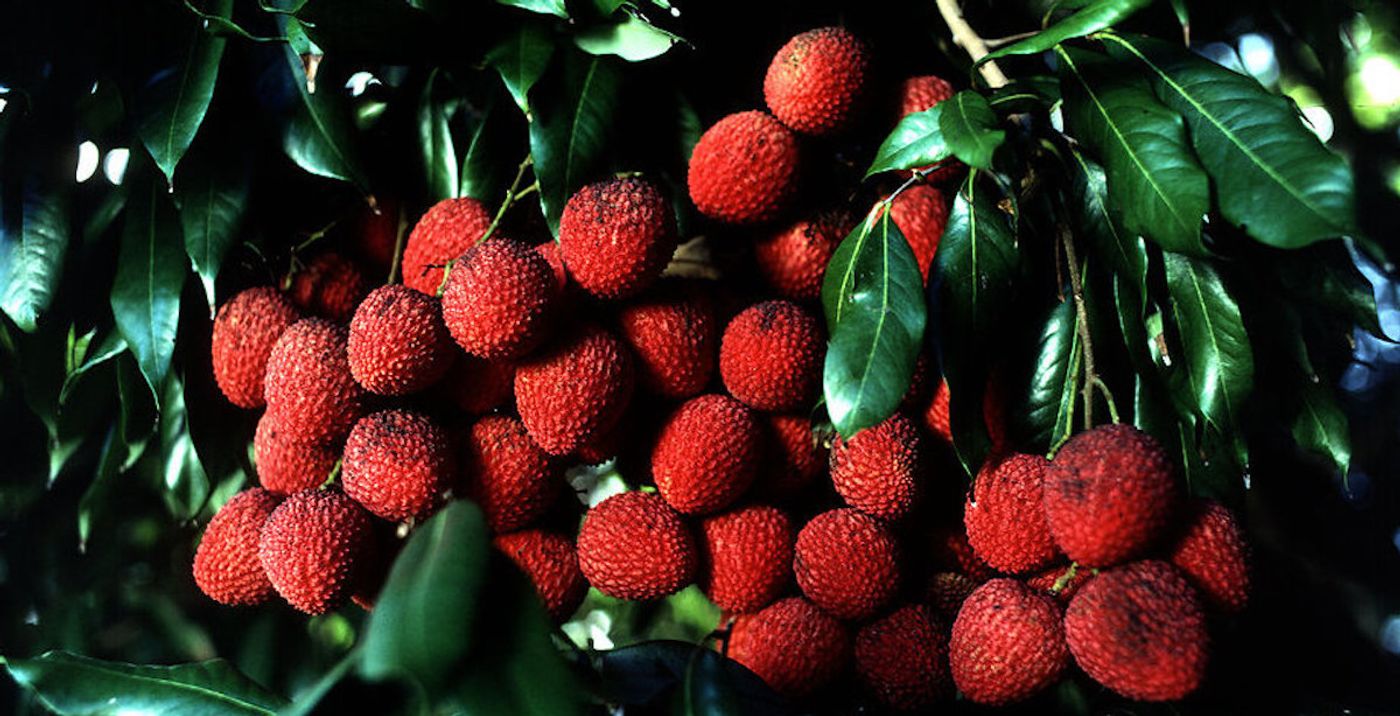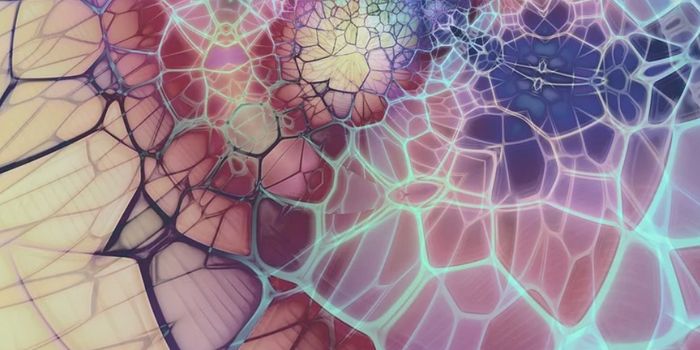Rising Cases of Encephalitis and Death in India
Children in eastern India have been dying of encephalitis. Around 400 kids have complained of dizziness, confusion, and fever since the start of the year. So far, 109 children have been killed in Muzaffarpur in Bihar state because of an infection or inflammation in their brains, and at least 200 are still in treatment.
This situation is not entirely unusual. Acute encephalitis syndrome (AES) was first reported in India in 1955, and the first outbreak was recorded in 1973. Cases were sporadic for many years until they began to increase, especially in poorer parts of India. The rise of AES was more dramatic after 2000. There were 590 deaths in India due to AES in 2013, and the death toll than started to decline. Now the disease seems to be on the rise again.
"This year, the number [of cases] has gone up a bit," Sanjay Kumar, a senior state health official told CNN. "The heat wave has been too intense, and it has gone on for too long." The role of heat in the spread of the disease remains unclear, however.
Officials have had a hard time identifying the source of the syndrome. In recent years, Indian cases of AES were caused by the Japanese encephalitis virus (as the video above illustrates), but virologists noted the possibility that a toxin was to blame.
Researchers hypothesized that something in the lychee fruit, which is widely grown in the same area as the current outbreak, is a factor. Previous work has identified the compound methylene cyclopropyl glycine, found in unripe lychee fruit, as a chemical that can cause low blood sugar (hypoglycemia) and death, but it's not yet known how it has this effect, and it has not yet been confirmed that this chemical is to blame for the AES cases in Indian kids.
"If it is [a] virus or a toxin in something they are eating, we don't really know," noted Dr. Neelu Desai, a pediatric neurologist in Mumbai.
The immune systems of children are not fully developed, which is probably also leaving them especially vulnerable to whatever is causing AES.
All of the affected children have suffered from hypoglycemia, but they're also malnourished. "The liver stores glycogen. When the sugar level goes down, the liver releases extra sugar to balance it out, but if there is no extra sugar and there are only toxins, then they get released," said Kumar.
Outbreaks of AES and other illnesses in India often stretched through the summer monsoon season; there may be many more deaths before the outbreak ends.









